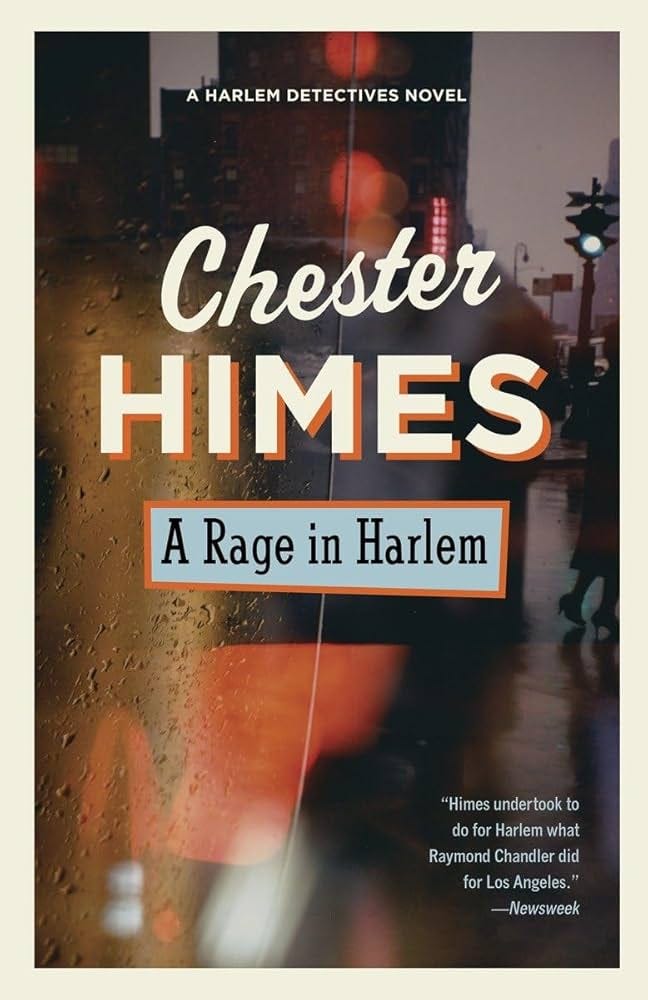For decades, the Hotel Theresa stood as a symbol of Black excellence, resilience, and cultural brilliance in the heart of Harlem. Known as the “Waldorf-Astoria of Harlem,” this historic hotel was more than just a place to stay—it was a sanctuary, a stage, and a meeting ground for some of the most transformative Black figures of the 20th century.
The Hotel Theresa radiated an energy that captured the spirit of a people striving for dignity, recognition, and artistic freedom, even in the face of systemic oppression.
It has been years since I’ve visited New York City, but the Hotel Theresa remains etched in my imagination as a place I must visit the next time I’m there. While the building no longer operates as a hotel—it now houses offices—its aura, legacy, and history continue to resonate.
To walk those streets again, where luminaries like Malcolm X, Eartha Kitt, and Duke Ellington once strolled, is to reconnect with a rich cultural period that defined an era.
The Black Significance of the Hotel Theresa
Opened in 1913, the Hotel Theresa initially catered exclusively to white patrons. But by the 1940s, under the ownership of Love B. Woods, the hotel opened its doors to Black guests, becoming one of the few upscale establishments where Black Americans could find dignified accommodations in the segregated U.S.
Located on 125th Street and Seventh Avenue, it was more than a hotel—it was a beacon of hope and pride for the Black community. The Theresa became a hub for intellectuals, entertainers, and political leaders, a place where world-changing conversations unfolded against the backdrop of Harlem’s vibrant cultural renaissance.
Malcolm X famously described the Theresa as “the epicenter of Black Harlem,” and for good reason. In 1960, he orchestrated the historic meeting between Fidel Castro and Nikita Khrushchev there after Castro was snubbed by Midtown Manhattan’s more luxurious establishments. That moment was emblematic of the Theresa’s unique status as a space that welcomed the marginalized, celebrated their voices, and amplified their influence.
Eartha Kitt, an actress, singer, and activist who shattered barriers in entertainment, frequented the Theresa and found solace in its lively atmosphere. From Duke Ellington’s jazz genius to the revolutionary rhetoric of Malcolm X, the Theresa was a cultural lighthouse, illuminating the potential and power of Black achievement.
Key Figures Who Made the Theresa Legendary
The list of luminaries who passed through the Hotel Theresa reads like a who’s who of Black cultural and political history. Leaders such as Martin Luther King Jr. and Adam Clayton Powell Jr. found the Theresa to be a safe haven during their Harlem visits. Performers like Josephine Baker, Sarah Vaughan, and Louis Armstrong graced its halls, bringing the rhythms of Black artistry to life within its walls.
In 1965, Malcolm X gave his last public speech near the Theresa shortly before his assassination, cementing the hotel’s role in the Civil Rights Movement. Even international figures recognized its significance—when Muhammad Ali defeated Sonny Liston in 1964, he celebrated his victory at the Theresa, a nod to the hotel’s centrality in Black culture.
The hotel also reflected Harlem’s cosmopolitan essence. Writers such as James Baldwin and Ralph Ellison frequented its iconic bar, mingling with musicians and thinkers who embodied the Harlem Renaissance spirit. To visit the Theresa was to step into a world where politics, art, and community converged in electrifying ways.
Books Highlighting The Hotel Theresa
The Autobiography of Malcolm X” (1965) by Malcolm X and Alex Haley
This seminal work directly references the Hotel Theresa as a site of pivotal moments in Malcolm X’s life. His coordination of Castro’s visit to Harlem and his speeches nearby underline the hotel’s importance as a political and cultural headquarters.
Harlem: The Four Hundred Year History from Dutch Village to Capital of Black America (2020) by Jonathan Gill
Gill’s sweeping history of Harlem devotes significant attention to the Hotel Theresa as a symbol of Black enterprise and cultural vibrancy. It contextualizes the hotel’s role in Harlem’s development as a mecca for Black culture, artistry, and activism.
A Rage in Harlem (1957) by Chester Himes
While not directly about the Theresa, Himes’ detective novel captures the vibrancy, tension, and complexity of Harlem during the mid-20th century. The Theresa serves as a touchstone for understanding the Harlem depicted in Himes’ fiction—a place where dreams and struggles intermingled.
A Pilgrimage to the Theresa
The Hotel Theresa, once a vibrant center of African American life in Harlem, ceased operations as a hotel in 1967. In 1970, it was converted into an office building known as Theresa Towers.
Today, the building serves as office space and houses institutions such as Columbia University’s Teachers College and the Touro College of Pharmacy. While it no longer functions as a hotel, the building remains a significant landmark, reflecting its rich cultural and historical legacy.
To stand before the Hotel Theresa today is to feel the pulse of a bygone era, one that still reverberates in the present. The hotel reminds us of the power of spaces to shape culture, foster community, and fuel movements. Its history serves as a testament to the resilience and brilliance of Black America—a story of triumph over exclusion, of creation in the face of constraint.
Visiting the Theresa next time I’m in New York is not just about nostalgia; it’s about reconnecting with the roots of a legacy that informs the present. It is a pilgrimage to a place that witnessed the highs and lows of a people who shaped the world. Standing there, I imagine the ghosts of those who walked its halls, their voices still echoing, their spirits undiminished.
The Hotel Theresa is more than a landmark—it is a reminder of what Black America has achieved and endured. In its prime, it was a space of liberation, creativity, and radical possibility. While its rooms no longer host the stars of the Harlem Renaissance or the leaders of the Civil Rights Movement, its story continues to inspire.
This storied hotel invites us to remember, to honor, and to dream. It beckons us to carry forward the legacy of those who found refuge and recognition within its walls.
Next time I set foot in Harlem, I’ll walk those streets with a deeper sense of reverence, knowing that the Theresa is a monument not just to Black history, but to the enduring power of hope and transformation.
We Invite You to Join “Black Books + Black Minds.”
As a supporting member of "Black Books, Black Minds," you'll provide much needed resources for me to continue to dive deeper into a world where your reading passions around Black History thrive.
For just $6 a month or $60 a year, you unlock exclusive access to a close-knit community eager to explore groundbreaking authors and books.
So join us today. Your participation and support are welcomed and appreciated.







Thank you so much for spotlighting the incredible history of this hotel! Adding to my list to visit (even if covered in scaffolding) next time I'm in Harlem
The Five Points area in Denver, most recently gentrified, less recently a slum, but long before that the Harlem of the West, was the place where Black folks were able to hear the finest Black musicians the country had to offer. My close friend Sonja Motley had a mother who was a fine musician and cook. Sonja was the only child of Edna Motley and her Army father; the mother was born into a Colorado whose state house was run by the KKK. She and their family created a restaurant business; the mother was a terrific pianist and when talent came to town, she accompanied. I wrote Edna's remembrance for Sonja's funeral which is why I know all this. That obit doesn't show up on line and the ones that do don't tell this story. https://www.thejaxsonmag.com/article/denvers-five-points-the-harlem-of-the-west/
I suspect you know a good deal about all of this; I knew Edna as Sonja is one of my closest friends. I was deeply honored to be asked to write her story, and in doing so learn much more about this part of Denver's history which far too many know nothing about.
So to that local who said she didn't want "your sort" around, you can know that "your sort" are part of why Denver became what she is today: a city of great diversity, talent and beauty.